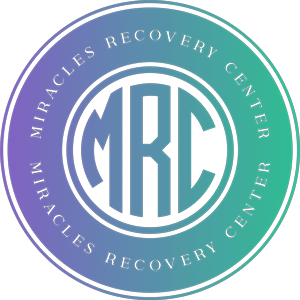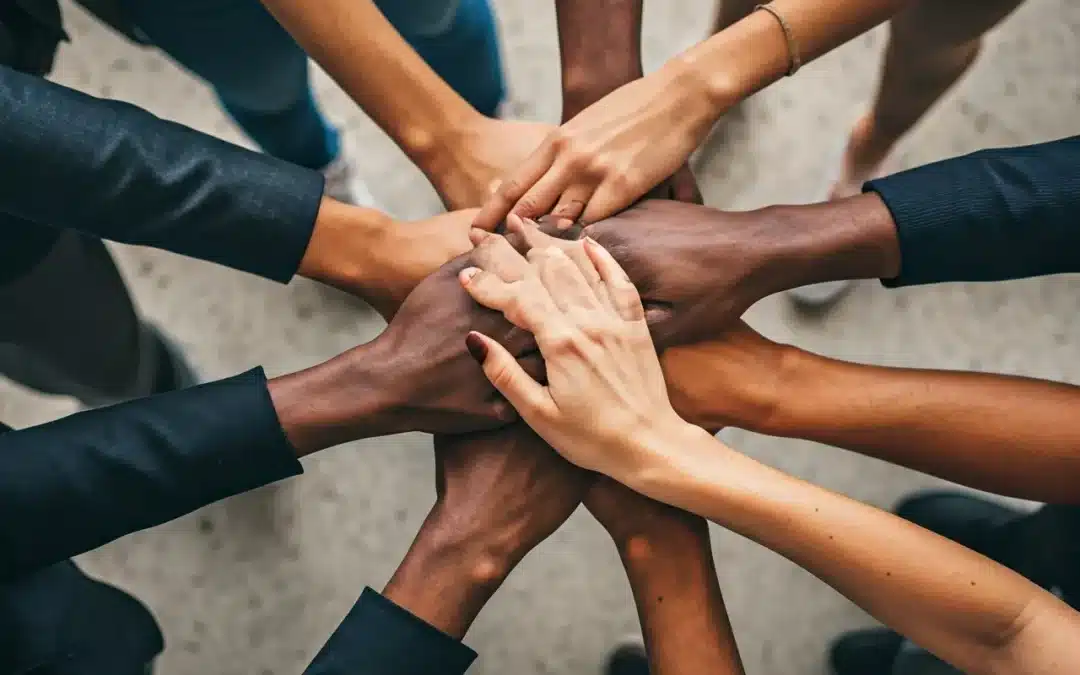Have you ever wondered if miracles in recovery are real, or just wishful thinking? Let’s dive deep into the heart of recovery stories that inspire and transform.
Table of Contents
Understanding Miracles in Recovery
When we think of miracles in recovery, our minds often drift to dramatic, instantaneous shifts from despair to joy. However, the true nature of these miracles can be both grand and subtle, shaping lives in profound ways. Understanding miracles in recovery means recognizing the extraordinary in the everyday steps toward healing.
The essence of a miracle in recovery often lies in the unexpected; it’s the phone call of support when you feel most alone, or the first morning where the burden feels lighter. These moments may not always grab headlines, but they are the building blocks of a new life reclaimed from the grips of hardship.
The Role of Hope and Belief
Hope and belief are the twin engines powering the journey through recovery. Without them, the path can seem insurmountable. With them, each step is infused with purpose and potential. Belief in the possibility of change, of improvement, and of eventual success fuels the commitment to the daily work of recovery.
This commitment is often nurtured in the stories we share, drawing strength from others who have walked similar paths. Hope and belief are contagious; they grow in communities, support groups, and between individuals, shining a light on the path forward.
Real-Life Stories of Recovery
Every person’s recovery journey is unique, marked by highs, lows, triumphs, and setbacks. Real-life stories of recovery are powerful because they offer a firsthand look into the resilience of the human spirit. These narratives are not just about the end result but the journey—the daily struggles, the small victories, and the perseverance in the face of challenges.
These stories often share a common thread: a pivotal moment of realization, a turning point that ignites the desire for change. Whether it’s a personal low point, an inspiring encounter, or a newfound understanding, these moments are the sparks that start the journey toward healing.
Sharing these experiences serves a dual purpose: it provides solace and understanding for those still struggling and acts as a beacon of hope, highlighting the real possibility of redemption and renewal.
The Science Behind Recovery
While the concept of miracles might seem to reside more in the realm of spirituality than science, there is ample scientific evidence supporting the mechanisms of recovery. Advances in psychology and neuropsychology have illuminated how the brain can repair and rewire itself, offering hope for transformation and healing.
Therapies such as cognitive-behavioral therapy (CBT), medication-assisted treatment (MAT), and mindfulness practices have proven effective in treating the underlying causes of addiction and fostering recovery. Understanding this scientific basis empowers individuals to make informed choices about their recovery journey and harness the tools that can facilitate their healing.
How to Foster Your Own Miracle
Fostering your own miracle in recovery begins with openness—to change, to growth, and to the possibilities that lie ahead. It requires actively engaging in the process, whether through seeking support, embracing therapy, or committing to practices that promote well-being and resilience.
Creating a supportive environment, both internally through self-compassion and externally through relationships and community, lays the foundation for miracles to occur. It’s in this space that you can begin to rewrite your story, one day at a time, moving toward a future where recovery is not just imagined but lived.
Embracing the Miracle of Recovery
Understanding that miracles in recovery aren’t just plot points in movies but real-life phenomena can shift perspectives and inspire hope. Whether through the power of belief, the impact of science, or the strength found in community, each story of recovery is a testament to the human spirit’s resilience. Embracing these miracles allows us to see recovery not just as a possibility, but as a path filled with transformative moments.











